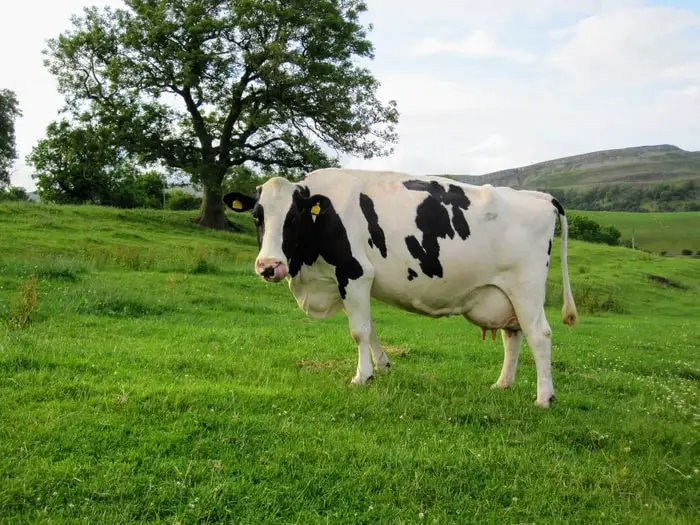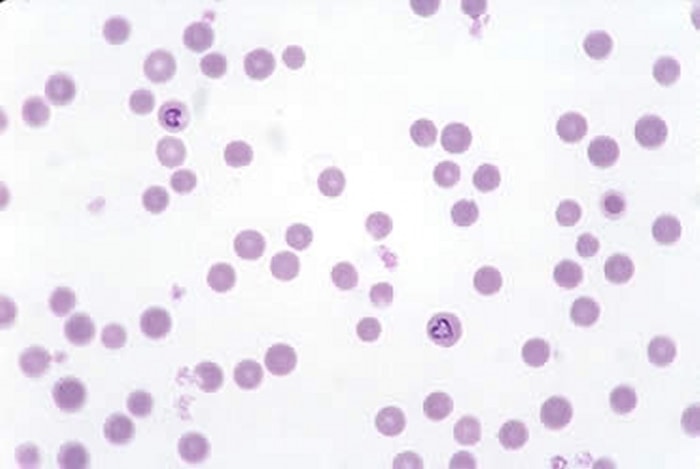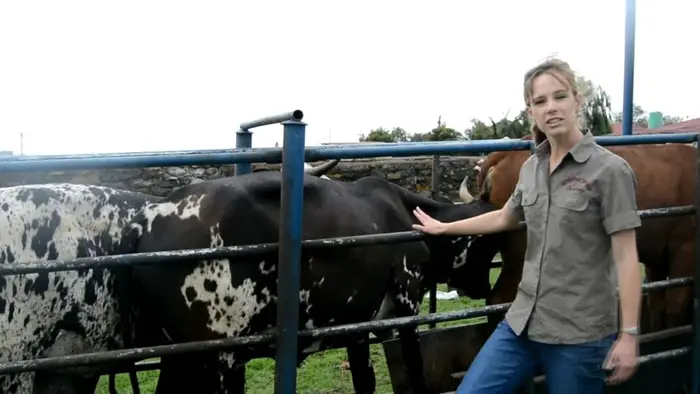Redwater disease in cattle is a febrile, tick-borne disease caused by one or more intra-erythrocytic protozoan parasites of the genus Babesia, which is generally characterized by extensive erythrocytic destruction resulting in anemia, hemoglobinuria, jaundice, occasionally CNS involvement, and death in severe cases. The disease’s alternative names are bovine Babesiosis, piroplasmosis, cattle tick fever, texas fever, tick fever, and splenic fever.
Economic Importance of Redwater Disease in Cattle
Redwater or babesiosis is an important cattle disease in many countries. Mortality among imported enzootic cattle can be as high as 50%; many animals undergo a long period of recovery, entailing the loss of meat and milk production. Incidental costs of immunization and treatment add to the economic burden. In my article, I shall discuss the most common information for your easy understanding.

What Causes Redwater Disease in Cattle?
There are almost six Babesia species ( B. bigemina, B. bovis including B. Argentina, B. Berbera, B.major, and B. divergens responsible for bovine Babesiosis. The two common species that are of most concern are B. bigemina and B. bovis, which are transmitted primarily by Boophilus ticks.

Epidemiology and Transmission of Babesiosis in Cattle
The disease has a worldwide distribution that corresponds to the vector ticks (Bopphilus), North and South America, Southern Europe, Africa, Asia, and Australia. The seasonal distribution of the causative protozoa is also associated with insect vectors. Cattle are the principal host, but it is reported that the Water Buffalo and African Buffalo may also become infected. Exotic ( Bos indicus ) breeds of cattle are all susceptible to red water disease, but zebu cattle (Bos taurus) often possess appreciable resistance.

There is ample evidence that some species of Babesia may be transmitted through the ovary for two or more generations of female ticks. This is known as vertical transmission or transovarial transmission. Contaminated needles and surgical instruments can transmit the infection physically.
Symptoms of Redwater Disease in Cattle
Signs associated with Babesia infections are influenced by the host’s susceptibility, age and breed of animals, environmental stress, and strain, or species of the tick parasites. The incubation period of the disease varies from 2 to 3 weeks after tick infestation. The most common clinical signs and symptoms include:
- High fever.
- Anorexia.
- Depression.
- Weakness.
- Cessation of rumination and fall of milk yield.
- Haemoglobinuria ( urine is dark red to brown and produces a very stable foam) occurs more with B. bigemina than B. bovis.
- Respiratory rate and heart rate increased.
- Brick red conjunctiva and mucous membrane soon change to the extreme pallor of severe anemia.
- Terminal sages cause jaundice.
- Cerebral Babesiosis: hyperesthesia, nystagmus, circling, head pressing, aggression, convulsion.
- Coma and death.

Diagnosis of Redwater Disease in cattle
The disease’s diagnosis can be made on history ( tick infestation ) and signs ( fever and hemoglobinuria) and the geographical region. Ticks, especially Boophilus microplus, is endemic in the environment; exotic breeds are more susceptible than local, adults are more affected than young and predisposing factors.
A confirmatory diagnosis can be made to examine Giemsa’s stained peripheral blood smears, which will reveal the parasites in the erythrocytes.

A variety of serologic tests have been used to demonstrate the presence of antibodies to Babesia spp. The most commonly used include the Complement Fixation Test (CFT), IFA, IH, RIA, and ELISA. Of these, IFA is the most popular. Some cross-reactions between B. bigemina have been observed, however, which makes accurate serologic differentiation difficult.
Differential Diagnosis of Babesiosis in Cattle
The differential diagnosis of Babesiosis with the following diseases:
- Tropical theileriosis.
- Post-parturient hemoglobinuria.
- Bacillary hemoglobinuria.
- Leptospirosis in cattle.
- Chronic copper poisoning.
- Trypanosomiasis.
- Anaplasmosis in cattle.
- Eperythrozoonosis.
- Rapeseed poisoning.

How Do You Treat Redwater Disease in Cattle?
Primary treatment is aimed at the destruction of the patient’s piroplasms, which is usually directed toward moderating the signs of fever and anemia associated with the infection.
- Some babesiacides are so specific and compelling that one injection will eliminate the host’s parasite, which will then also destroy the source of infection for ticks.
- The animals should be made comfortable in cold, shaded areas with ready access to feed and water.
- Supportive measures for severely affected animals should include transfusions and anti-shock preparations.
- In chronic cases and convalescent patients, haematinics should be provided.
- The acute B. bovis infections, large doses of corticosteroids, and heparin may help offset the animal’s hypotensive and hypercoagulable state.
- In cerebral red water disease cases, intravenous use of osmotic diuretics such as mannitol and glucose may provide temporary relief.

Prevention and Control of Babesiosis in Cattle
The preventive measures of Babesiosis are as follows:
- The prevention of the disease’s introduction into a non-enzootic area depends on effective quarantine to prevent the opening of the vector tick.
- Eradication of bovine Babesiosis from an area depends upon eradicating the vector tick, which is impractical due to wildlife and multi-host ticks.
- Limitation of prevalence largely depends on the tick control by the frequent application of acaricides, chemotherapy to kill the Babesia in the cattle host, and the host cattle immunization.

- Vaccination with live protozoa.
- Imidocarb and diminazene are the only two babesiacides with useful prophylactic properties in the short-term control and prevention of Babesiosis.
- Tick-resistant cattle may be defined as cattle’s ability to limit the survival of the number of ticks feeding on them. Such resistance results in limited tick infestation, failure to complete their development, and an extended life cycle.
- On the whole, therefore, tick-resistant cattle appear to offer an effective means of controlling tick-borne diseases, in combination with other tick management systems.
Concluding Remarks on Babesiosis in Cattle
Redwater disease or Babesiosis is a common health problem of cattle and other warm-blooded animals. The condition is mostly seen in areas where the population of ticks is more. The above information will help you to control the disease on your farm.